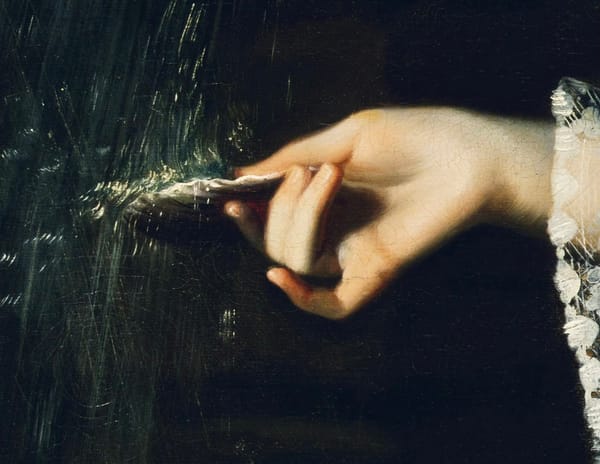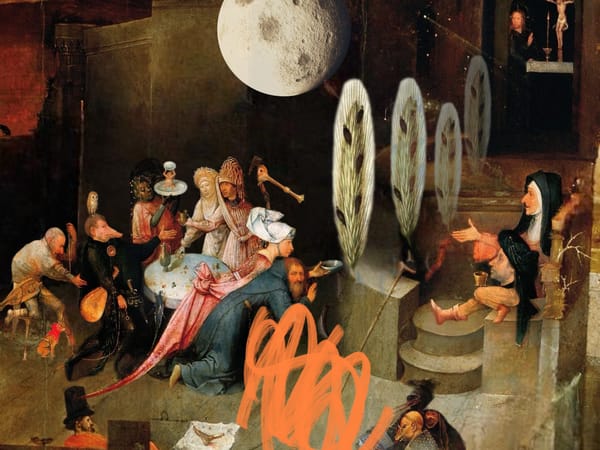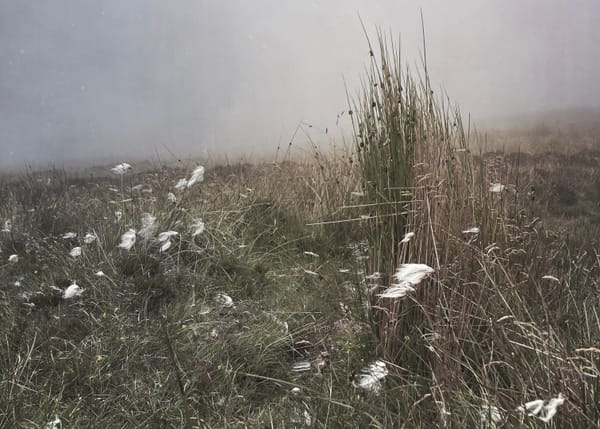With Light in Their Hair 🕯️
a National Memorial Ceremony for Accused Witches in Sweden
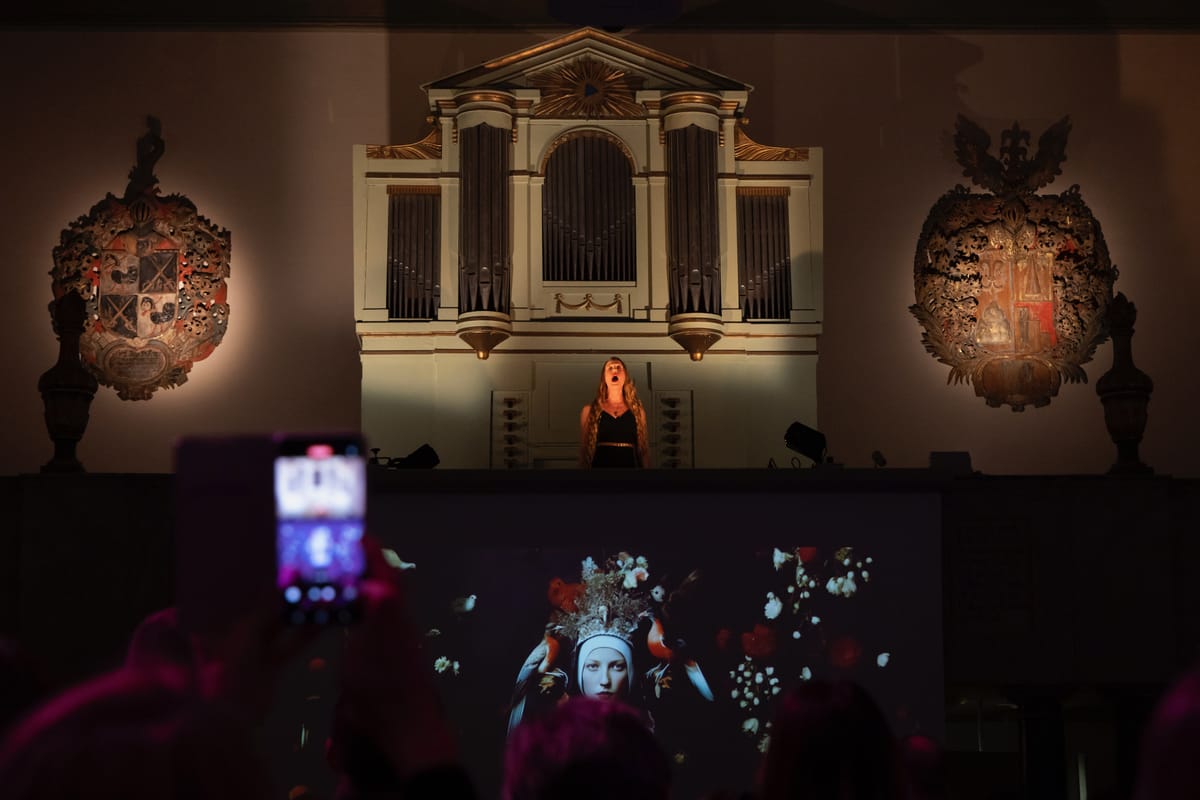
Like every European nation during the 15th-18th centuries, Sweden felt the trauma of the pyre. Between the 15th-18th centuries 400 people were executed for the crime of witchcraft. The overwhelming majority of the accused were women, and the total number of lives lost will never been known. Sweden’s story of witch hunting is on a much smaller scale than that of Scotland, but there are similarities. Many of the records are lost or were not written down. During the Protestant Reformation, the church and state joined together to hunt people called witches. Shared folklore, now demonised by the Lutheran Church, was treasonous, as the Church was tied to the Crown. Disease and poor harvest made a desperate populace susceptible to witch hunting doctrine.
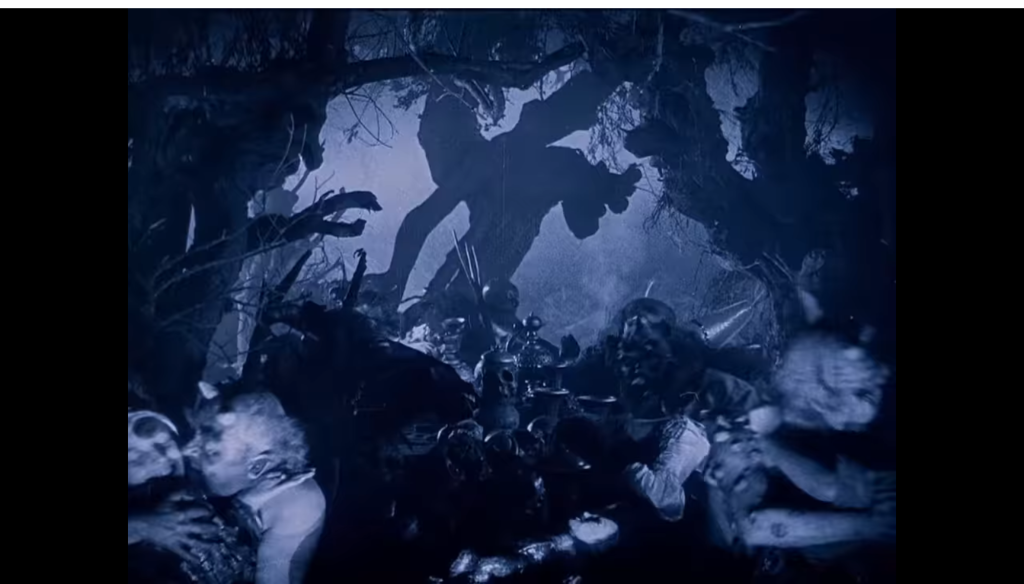
The most intense period of witch panic was called Det stora oväsendet, ‘The Great Noise’ and lasted from 1668-1676. In her moving essay on witch hunting in Sweden, Jennie Tideman-Österberg argues that ‘The Great Noise was not just history, but heritage.’ I also came to this conclusion writing about the Scottish witch hunts in Ashes & Stones.
‘It’s so important not to look away.’
-Sara Lehman Svensson
We present The Great Noise as history, not heritage. It is just not something to be proud of. We make of the Easter Hag an innocent, positive tradition, despite the dark events she signals.
— Jennie Tideman-Österber, “The Swedish Witch Trials: How to Confront Dark Heritage” FOLKLIFE
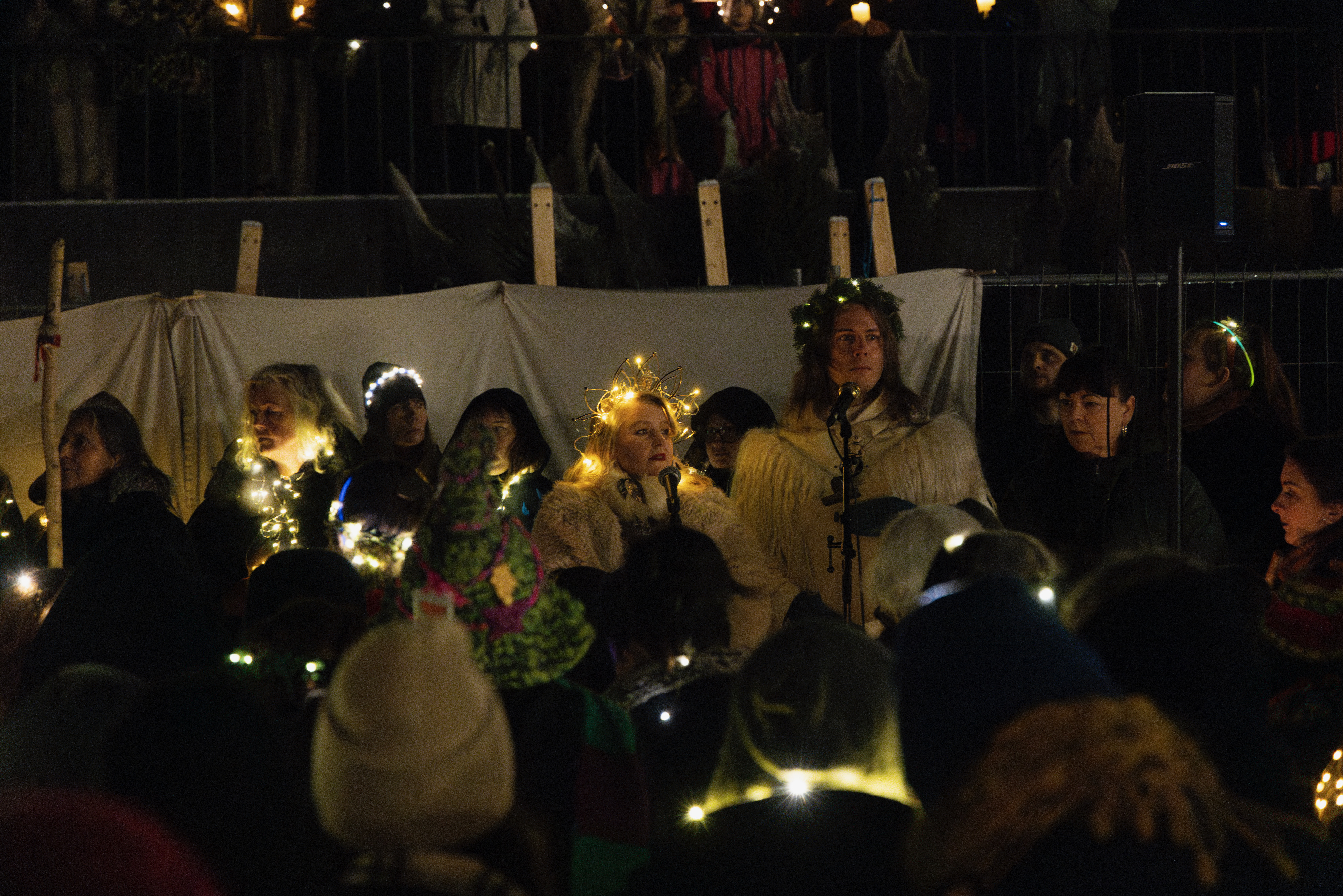
On December 4th, 2024 a ceremony remembering people accused of witchcraft in Sweden was held as part of WITCH, an exhibit about witch trials at Stockholm’s Swedish History Museum.The historic ceremony brought together 600 people. The names of the accused were read aloud and their sentences torn up and ritually burned in a cauldron.

Organiser Rebecca Tiger described the ceremony on her Instagram account:
‘On an icy winter evening, enveloped by the dark Swedish sky, over 600 people met outside the Historical Museum in Stockholm…The museum […] stood by as a partner in this manifestation/ceremoni/ remembrance the former legal judgements were read aloud—a public was forming on the grounds outside. With souls pressed to the sky and a fire burning high, voices were raised and justice sought for the innocent victims—women, children and men—who had been wrongfully accused of witchcraft and sentenced to death…A spectacular choir of voices sang “Dona Nobis Pacem`’ as four crones threw symbolic legal documents into the raging fire, calling for justice…’
I spoke to musician Margareta Nobell about her role as one of the crones in the ceremoy. [Listen to Margareta’s beautiful Goddess Chants here.]
‘I participated as part of Haggbyrån, ‘four crones who work together to empower aging women’ through workshops and events. So [Haggbyrån] participated in this ceremony as Crones. I was one of the 4 Crones tearing apart symbolical verdicts and stirring the cauldron to transform and invalidate the verdicts of the 300 names that Rebecca and Olof were reading out loud during the ceremony.’
I’m moved by this ritual involving contemporary witches working in accord with a national institution. It is modern day witches who have the largest emotional stake in this work, and who have the skills and power to carry out meaningful memorial. Collaborating with a national museum elevates the work beyond small, local attempts at ceremony. Margareta explained how the ceremony reverberated in wider Swedish society.
‘We have certainly stirred something up in our society with this manifestation and ceremony. And many people who today work with some kind of magic or shamanism felt the call to come and join in support of all the accused, tortured, judged and executed during the witch craze in Sweden.’
My friend Sara Lehman Svensson, who is also a shamanic practitioner, was at the event. She told me a bit about what it was like to be there. Everyone wore lights or carried candles. There was snow on the ground, and a small stage set up at the base of a hill. The crowd of hundreds stood around the hill and in front of the stage, waiting in profound stillness before the ceremony began. Sara said the group appeared as a ‘many layered circle’—huge and growing as more people arrived.
Talking with Sara, I imagined everyone arriving with lights on, a bit like St. Lucy’s Day processions where girls wear crowns of candles or fairy lights, except these illuminated folk were emerging from buses and train stations, walking up to the museum, joining others to remember the accused.
The corners were called.** The names were read by two people, alternating, called out region by region. The organisers had invited those whose ancestors were killed to read their names. Sara said this felt like a beginning in working together to heal these wounds, and ‘It’s so important not to look away.’
I’ve been moved by the power and magic of this ceremony, and it’s prompted me to look deeper into Swedish witch lore and the landscape.

Blåkulla, or “blue hill” is a liminal place where witches were said to meet with the devil. The hill, an unending meadow with the devil’s house at the centre, can only be reached by magical flight. This is also a real place called Blå Jungfrun—blue maiden—an uninhabited Swedish island in the Baltic that is now a nature reserve and a treasure trove of discoveries dating to the Mesolithic within its caves. The largest labyrinth in Sweden, Trolleborg is there, laid out in stones. It’s an ancient nine circuit labyrinth first mentioned in a historical account from 1741.
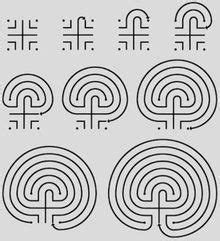
There are parallels between this place and the mythologies of Orkney’s Eynhallow or Hildaland—a real place that was once ‘invisible’ and home to the mythical Finfolk. (I’m going down a rabbit hole—connecting mythologies of persecution to sacred landscapes. Again.)
In Swedish folklore, witches go about at Easter; in Scottish/American tradition the witches’ night is Halloween. Påskkärring when little girls dress up as old women or witches, seems to be a bit like guising in Scotland. The girls go door to door exchanging handmade cards. This tradition dates from the 19th century, and perhaps is part of a folkloric revival.
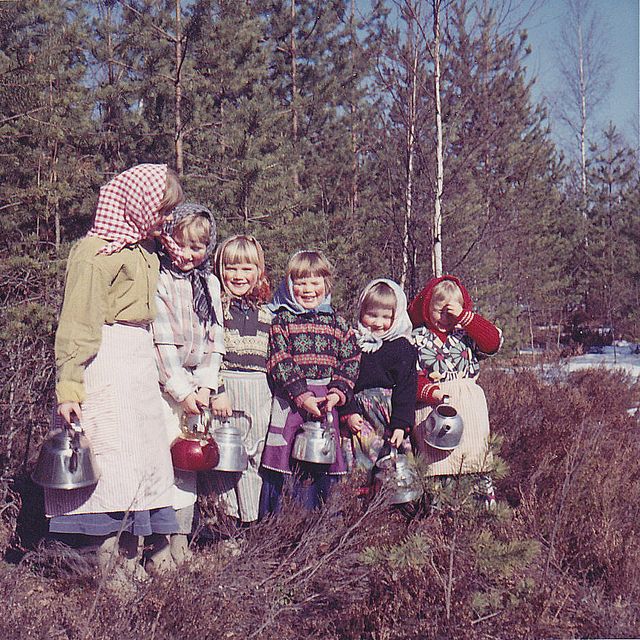
Young girls also dress up on St. Lucy’s Day on December 13th. Girls embody both light and dark in this folklore. I have yet to unpack this, but it strikes me as significant that a number of the victims of the witch hunts in Sweden were children.

Saint Lucy was burned at a pyre in 310 CE, though her life and death are apocryphal. There is a relationship between Saint Lucy and the Swedish witch figure, Lussi. Lussi Night was also celebrated in Sweden on December 13th. St. Lucy is a bringer of light in the dark days leading up to the Winter Solstice—a liminal time when the veil between worlds is thin. Lussi leads a wild hunt or Oskoreia during this time—maybe a bit like the Scottish Nicnevin or Cailleach.
I imagine the six hundred people arriving in trails of light to the National History Museum, like a benevolent Lussi rade, as in the Fairy Rade or wild hunt of Scottish folklore. In Scots, rade is a road and a parade. Might Lucy and Lussi be one and the same? Could this mighty road of light, begun last month in front of the National History Museum, finally bring them together? Let the binaries of the Christian church burn in the Hags’ bright cauldron, a beacon of healing; don’t look away.
*Haxan: witch through the Ages is a Swedish silent film from the early 20th century. Part documentary, part seminal horror flick, this fever-dream had profound influence on me as a young woman—in hindsight it was one of the many obsessions that led eventually to Ashes and Stones. You can watch it on Youtube.
**In Neopagan Tradition as well as the tradition of First Nation People—the Spirits of the four directions are called in to support the ceremony. In my research into Scottish Witchcraft I have also found evidence of this practice in 16th Century Scotland.
After seeing a few shots of the interior of the Witches show at the museum, I’m wondering if it also influenced the curators? And will I be able to get to Sweden before the show is over?
Further Reading
Ethnographer Jennie Tideman-Österberg wonderful essay on the Swedish Witch traditions and Witch Trials—she asks Why were these legal catastrophes and mass hysterias relegated to pop culture? (The same questions drove my writing Ashes & Stones.) She gives a background to witch hunting and an overview of current local memorials. You can read her essay on Folklife.
Missives from the Verge with Allyson Shaw is a reader-supported publication. To receive new posts and support my work, consider becoming a free or paid subscriber.

